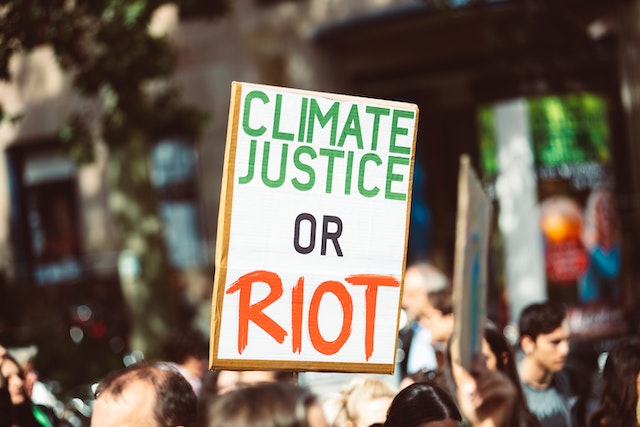Human activity plays a significant role in the increase of Canadian wildfires. Here are some key links between human activity and the rise in wildfires:
1. Forest Management and Fire Suppression: Historically, forest management practices in Canada included fire suppression to protect human settlements and infrastructure. While this practice was intended to prevent wildfires, it disrupted the natural fire regime and led to the accumulation of fuel in many forests. When fires do occur, the accumulated fuel can contribute to more intense and difficult-to-control wildfires.
2. Land Use Changes: Human activities, such as urbanization, agriculture, and industrial development, have resulted in land use changes that can increase the risk of wildfires. For instance, urban expansion into wildland-urban interface areas—where forests meet residential areas—brings humans closer to fire-prone ecosystems, increasing the potential for fire incidents.
3. Ignitions from Human Sources: Many wildfires in Canada are caused by human activities, including unattended campfires, discarded cigarettes, equipment use, or intentional acts of arson. Accidental or negligent human ignitions can start wildfires that can quickly spread and cause extensive damage.
4. Fragmentation of Forests: Fragmentation of forests due to human activities, such as logging or road construction, can alter natural fire regimes. Fragmentation can create pockets of isolated forests that are more prone to ignition and susceptible to invasive species, which can further increase fire risk.
5. Climate Change Mitigation and Adaptation: While not directly linked to wildfire occurrences, certain human activities related to climate change mitigation and adaptation can indirectly affect wildfire risk. For example, large-scale tree plantations established for carbon sequestration purposes may have different fire dynamics than natural forests, potentially altering fire behavior and impacts.
It’s important to note that while human activity can contribute to increased wildfire risk, climate change remains a significant underlying factor driving the trends in wildfire occurrence and severity. Addressing human-induced factors and implementing sustainable land management practices, along with efforts to mitigate climate change, are crucial for reducing the risk and impact of wildfires in Canada.




